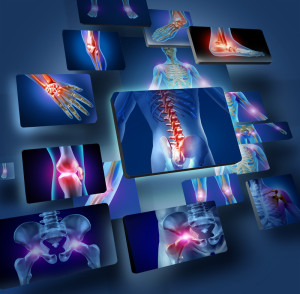I am a huge fan of Dr. Atul Gawande. Who isn’t? He is a surgeon, an author and one of the most insightful and influential physicians of our time. His books are best sellers and his articles in The New Yorker  magazine are widely read. He was recently named as CEO of the non-profit-seeking health care venture formed by Amazon, Berkshire Hathaway, and JPMorgan Chase to deliver better outcomes, satisfaction, and cost efficiency in care. He will be the opening keynote speaker at HIMSS19 in Orlando this coming February.
magazine are widely read. He was recently named as CEO of the non-profit-seeking health care venture formed by Amazon, Berkshire Hathaway, and JPMorgan Chase to deliver better outcomes, satisfaction, and cost efficiency in care. He will be the opening keynote speaker at HIMSS19 in Orlando this coming February.
His books include Better, Being Mortal: Medicine and What Matters in the End, Complications: A Surgeon’s Notes on an Imperfect Science, and The Checklist Manifesto. I gave one of his early books to all my IT leaders one holiday season. My tradition was to give them an insightful and inspiring book each year. Gawande’s books are clearly some of the best for health care leaders.
Gawande has been a staff writer for The New Yorker since 1998. His latest piece was titled “The Upgrade: Why Doctors Hate Their Computers”. It’s a long read but worth the time if you work in health IT and care about your physicians. Gawande describes the challenges of EHR’s from the front lines of medicine. He talks about the significant amount of time spent doing documentation after a patient visit and the loss of physician to patient connection with the computer competing for attention in the exam room.
In discussing physician burnout, he referenced Berkeley psychologist Christina Maslach’s work studying occupational burnout where she defined burnout as a combination of three distinct feelings – emotional exhaustion, depersonalization and a sense of personal ineffectiveness. He noted that in 2014, 54%% of physicians reported at least one of the three symptoms compared to 46% three years earlier. He shadowed a scribe and talked with surgeons and primary care physicians on the impact of the EHR on their work and their time. He learned from a patient who works as a construction supervisor that others are also challenged in their work to make the necessary human connections. Continue reading









